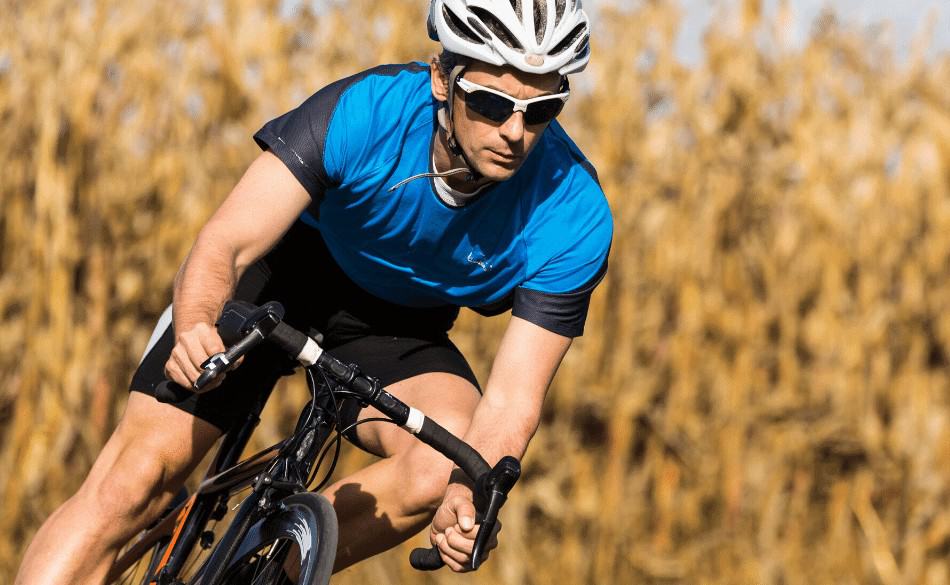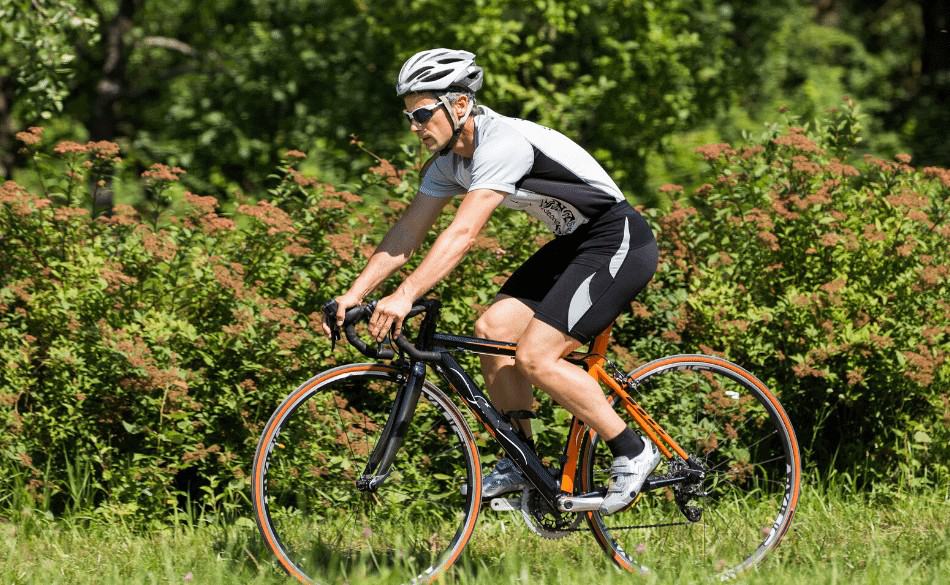
What is FTP? – Updated 2021 – How Is FTP Calculated?
Page Contents
What is FTP?
Functional Threshold Power or FTP is the highest average power you can sustain for 1 hour. This helps determine your training zones and measure improvements in your training.
Lab testing is a much more accurate way of testing. But for most people they don’t have access to a lab, hence why basing training around FTP has become so popular in recent years. Although this makes sense there are limitations to focusing exclusively on improving your FTP, especially if you want to be a better all-round road cyclist.
But since it is a well-known metric in the cycling world, let us dive into this a bit more.
How is FTP Calculated?
There are numerous ways to measure your FTP with the most convenient way being to collect data in the field using a power meter. Then upload your data into a training software (such as TrainingPeaks) that will model your current FTP. A similar way is to estimate your FTP by analyzing the steady power during intervals or longer climbs.
While this a common way for the less knowledgeable cyclist, often cyclists lean towards the 20-minute test. This tends to be more convenient for people and less painful than doing an all-out 60-minute effort.
The 20 minute test is usually performed on a steady climb or in a controlled environment (Indoor trainer). After warming the goal is to ride 20 minutes as hard as you can. Once you have completed this effort you then take the recorded power average and multiply by .95 and this will give you an estimated FTP. While this is the most common way to measure your Functional Threshold Power, often this inflates the numbers much higher than what you can actually produce over 60 minutes.
Similar tests involve the same format although add in a 5-minute effort before the 20-minute effort. This tends to give a more accurate result and doesn’t inflate the numbers as much. But this is still an estimate and should be taken lightly.
Probably the most precise way is to check your normalized power after a hard 1-hour mass start. This can be done using TrainingPeaks for which the software automatically calculates Normalized Power. Using this function in TrainingPeaks is often the quickest way of estimating your threshold power. Make sure you have multiple files of similar duration and look for a pattern of average power during these efforts.
If you don’t have any mass road races on your calendar as of yet, the best measurement of performance can be by simply doing a time trial of 1 hour or more. By using the software you can then check from the data if the effort was paced well or not. This can help determine if you are overestimating or underestimating your current threshold power.
The last test that is more suited to the mathematically inclined is to determine their critical power. This is done by a series of short efforts between 3 and 20 minutes. The work is then plotted against the duration (seconds) and running a straight line across the data points. This will give you your critical power which will fit quite closely with your Function Threshold Power.
While most of these tests have limitations there are other tests available through online software such as Trainer road. So if you struggle to understand the concept of testing your functional Threshold Power these may make life that much simpler.
What Is a Good FTP For a Cyclist?
A good FTP for a cyclist is the highest number they physiologically able to produce. But since this doesn’t give us a direct number, looking at Watt/Kg at your FTP can give you a better insight.
If you look at the famous online platform Zwift, a recreational cyclist would be between 2.5-3.0 Watts/Kg. Local elite riders would sit between 3.75-4.25 Watts/Kg. Then anything above 4.25 Watts/Kg is often domestic pro riders. Then as you get into the 5 Watts/Kg plus category this moves you into the elite professional ranks.
So what is a good FTP for a cyclist? Anything above 3.75 Watts/Kg is considered good, and anything above 4.25 Watts/Kg is exceptional. although if you are a domestic pro or elite cyclist you may want to get closer to the 5-5.5 Watts/Kg mark.
The bottom line is, no matter what your FTP is you can always train to improve it.
How do you calculate FTP per kg?
Calculating your FTP watts per kilogram is relatively simple. You can do this by dividing your Functional Threshold Power by your weight in kilograms. For example, a 70 kg rider that has an FTP of 300 watts would give you 4.28W/kg.
Power to weight is an important factor in cycling because often we find ourselves racing more and more courses over rolling terrain and sometimes over larger climbs. While your power to weight doesn’t affect your performance on the flat, as soon as you go uphill it is a deciding factor along with your power numbers.
How do you do a 20 minute FTP test?
Probably the most used test to perform an FTP test, the 20-minute test is often performed wrong. Most cyclists perform just a 20-minute effort and multiply by .95 or 95% of the average power.
Implementing a 5-minute all-out effort before you perform the 20-minute test helps limit an anaerobic contribution to the test. Thus giving you a more realistic number that you can aerobically produce.
Start with your preferred warm-up routine and include some small efforts to wake up the legs and raise the heart rate. Then produce an all-out effort for 5 minutes. Follow then with a recovery of 10 minutes. Finally move into the 20-minute effort.
The 20-minute effort should be at an all-out effort. Aim for a steady pace and keep the power level while allowing your heart rate to consistently rise naturally. After you have completed your warm down of 10 minutes or more, multiply your average power from the 20 minutes by .95 and that will give you your Functional Threshold Power.
– Warm-up for 10-20 minutes then include some 30-60 seconds efforts followed by 1 minute easy.
– 5-minute maximum all-out effort. This means going as hard as possible.
– 10-minute easy recovery riding
– 20 minute all-out effort. Try to hold steady power throughout the effort.
– Easy warm down of 5-10 minutes
For newer cyclists, this can be a daunting task, especially when you haven’t learned to pace yourself properly. However as you progress with your training and have some more accurate data you are then able to have a target a more consistent power, thus giving you a more accurate result.





